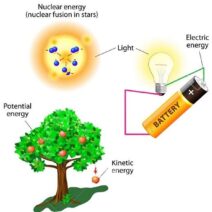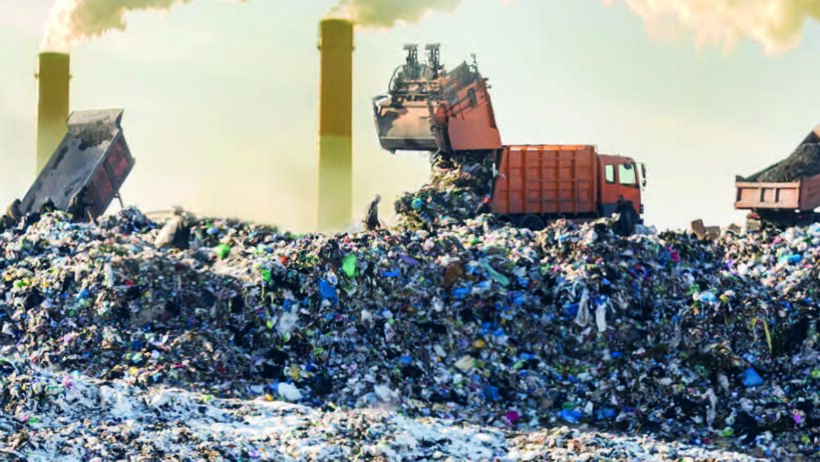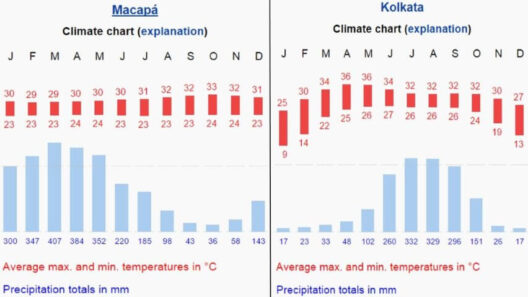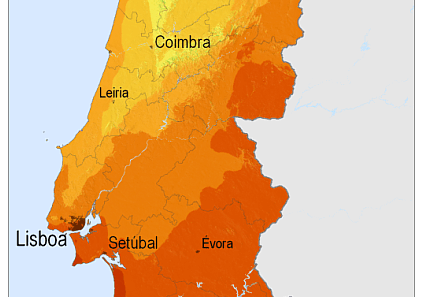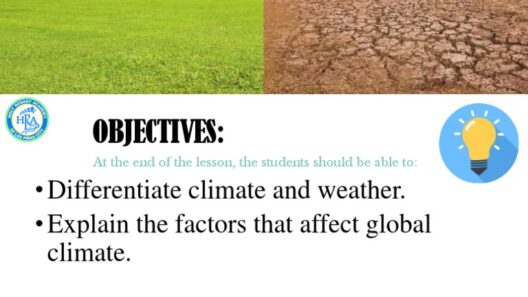The intricate relationship between pollution and climate change has become a subject of profound concern amid escalating environmental challenges. Popular discourse often separates the two issues, yet they are intrinsically linked, each feeding into and exacerbating the other. Pollution, in various forms—whether atmospheric, aquatic, or terrestrial—plays a pivotal role in catalyzing climate change, and understanding this connection is essential for tackling the overarching environmental crisis. This article delves deeply into the ways diverse pollutants contribute to climate change, elucidating the mechanisms involved and the broader implications on public health and ecosystems.
To comprehend the connection between pollution and climate change, one must first disentangle the various types of pollutants. Air pollution—comprising greenhouse gases (GHGs) such as carbon dioxide (CO2), methane (CH4), and nitrous oxide (N2O)—primarily stems from anthropogenic activities. Fossil fuel combustion in power plants, vehicles, and industrial processes emits significant volumes of these gases into the atmosphere, leading to an enhanced greenhouse effect. This effect results in a rise in global temperatures, with numerous deleterious consequences for natural systems and human health.
Carbon dioxide, the most well-known GHG, is primarily released through the burning of fossil fuels. However, its implications extend beyond mere temperature rise. CO2 contributes to ocean acidification—an often-overlooked consequence of increased carbon levels. This phenomenon alters marine ecosystems, threatening the survival of corals and disrupting food chains. It is crucial to grasp that climate change is not just about warming temperatures; it embodies shifting ecological balances that can result in species extinction and reduced biodiversity.
In addition to CO2, methane is another potent GHG released during the extraction and transportation of fossil fuels, agricultural practices, and landfill decomposition. Methane has a shorter atmospheric lifespan than CO2 but possesses a much higher heat-trapping ability, making it significantly more impactful in the short term. The alarming spike in methane levels correlates with the agribusiness sector, particularly ruminant livestock production. Addressing methane emissions is intricately tied to mitigating climate change, showcasing the direct line from pollution to global warming.
While the atmospheric pollutants receive considerable attention, one must also acknowledge the impacts of various waterborne pollutants. For instance, nutrient runoff from agricultural lands—primarily nitrogen and phosphorus—can lead to serious ecological consequences, such as algal blooms and hypoxia. These phenomena affect the carbon cycle significantly; when algae die and decompose, they consume oxygen and release carbon dioxide, further exacerbating the greenhouse effect. Thus, while the pollutants may dwindle in visibility, their latent potential for climate change remains formidable.
Terrestrial pollution also commands attention, particularly regarding heavy metals and toxic chemicals. The soil acts as a reservoir for various contaminants—mercury, lead, and arsenic, among others. These substances can damage root systems, impede plant growth, and assimilate into food webs, inevitably reaching humans. The degradation of arable lands due to pollution contributes to food insecurity, thus prompting shifts in agricultural practices that may emphasize greenhouse gas-intensive methods. Therefore, the link between soil pollution and climate change manifests through intertwined agricultural inefficiencies and ecosystem disruptions.
A major aspect of pollution’s impact on climate change is the formation of aerosols. These tiny particles, primarily produced by burning fossil fuels and biomass, can lead to short-term cooling by reflecting sunlight back into space. However, their complex interactions with clouds may have counteractive effects, influencing weather patterns and precipitation. The dualistic role of pollution underlines the need for refined models to project climate outcomes accurately; simplistic attributions can lead policymakers astray.
Addressing the dirty connection between pollution and climate change necessitates a holistic approach, embracing innovation and sustainability. Transitioning to renewable energy sources—solar, wind, and hydroelectric—can considerably reduce GHG emissions. However, societal and structural inertia poses significant barriers, making advocacy for systemic change essential. Moreover, public awareness campaigns must highlight the symbiotic nature of pollution and climate change, galvanizing collective action toward sustainable practices. Individual lifestyle changes, while necessary, are but a fraction of the solution; institutional and governmental reforms are imperative to create enduring change.
Inarguably, pollution is not merely an environmental issue; it permeates social justice, economic viability, and public health domains. Vulnerable populations are disproportionately affected, as they often reside in close proximity to industrial facilities and congested urban centers. These locales bear the brunt of air and water pollution, leading to chronic health issues including respiratory diseases and cardiovascular conditions. The inequities in pollution exposure elucidate the pressing need for policies that prioritize ecological integrity while safeguarding community health.
Conclusively, the dirty connection between pollution and climate change is an inextricable one. Addressing climate change requires an unequivocal recognition of the role pollution plays in shaping our planet’s future. As we forge ahead, it is incumbent upon global citizens, governments, and corporations alike to acknowledge this harmony of adversities and collaborate toward constructive solutions. The health of our planet, our ecosystems, and future generations hangs in the balance, demanding urgent action and concerted efforts to mitigate pollution’s far-reaching impact on our climate.

